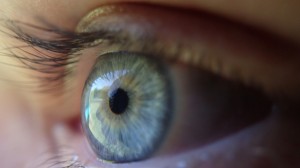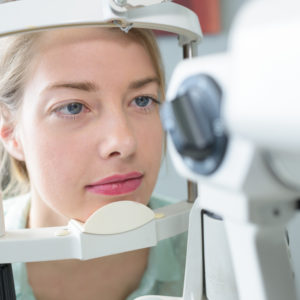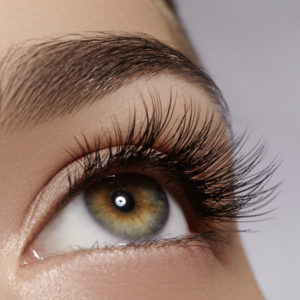
World Keratoconus Day
November 10th marks World Keratoconus Day, which is a monumental day for the field of optometry. World Keratoconus Day is a day dedicated to bringing awareness to the medical condition of keratoconus and educating others about this eye disease. While there are endless reasons as to why you should visit your optometrist annually, keratoconus is an important one. If left undiagnosed and untreated, keratoconus can progress and cause gradual vision loss. Thankfully, though, this condition can be easily managed with the help of an eye doctor.
The Disease
So let’s get a quick overview of what keratoconus is. Keratoconus is a condition in which the clear tissue that is located on the front of the eye (the cornea) thins and bulges outward. It is easily recognizable due to its cone-like shape. Keratoconus cannot be cured, but it can be treated and managed. While researches do not know the exact cause of keratoconus, it is believed it could be hereditary or due to certain behavioral characteristics, such as eye rubbing.

Managing Keratoconus
By receiving a yearly eye exam, your optometrist will be able to detect if you have this eye disease. If so, they can diagnose the condition and treat it. In non-severe cases, optometrists may be able to treat using orthokeratology (aka Ortho-K). This method is essentially using a gas permeable contact lens to temporarily reshape the cornea to reduce the effects of keratoconus. The lenses in Ortho-K are used during nighttime while you sleep. They reshape the cornea overnight, acting the same as braces do for your teeth. Some cases of keratoconus are too severe for Ortho-K. In this instance, surgical procedures may be necessary. Intacs are medical devices that can be surgically inserted into the cornea that help to flatten the curvature of the cornea. Collagen cross-linking is also used as a way to prevent the cornea from bulging outwards any further. This method requires UV light and eye drops onto the cornea to strengthen, flatten, and stiffen it. A corneal transplant, which replaces the damaged cornea all together, can also be performed.
If left untreated, patients with keratoconus may experience blurry or distorted vision, sensitivity to light and glare, clouding of vision, and in extreme cases severe vision loss and deterioration. These symptoms however, can be easily fixed and potentially prevented, so it is imperative that awareness is brought to this eye disease.

As a current optometry student at Nova Southeastern University College of Optometry and a board member for NSUCO’s Contact Lens and Cornea Society, our organization has decided to do our part and spread the word on World Keratoconus Day. We will be handing out ribbons, pens, bags, and other items to help raise awareness for this ocular condition.
Get Involved
It is so important to preserve one’s vision. When asked to a person “what is the one sense you would hate to lose?” most people say their vision. Yet visiting an eye doctor annually and upholding proper eye care is often overlooked. We can make a difference today, though! Educate your friends and family about conditions such as keratoconus. Optometrists can treat many diseases and protect you from any further damage to your eyes. Together we can save eyes!
For more information about keratoconus, visit: https://nkcf.org

